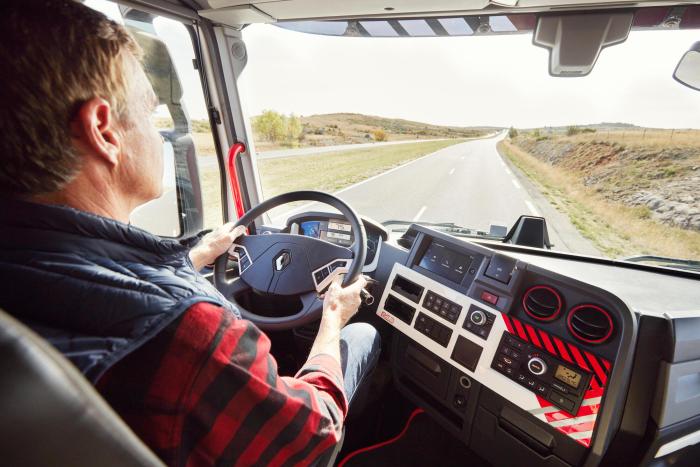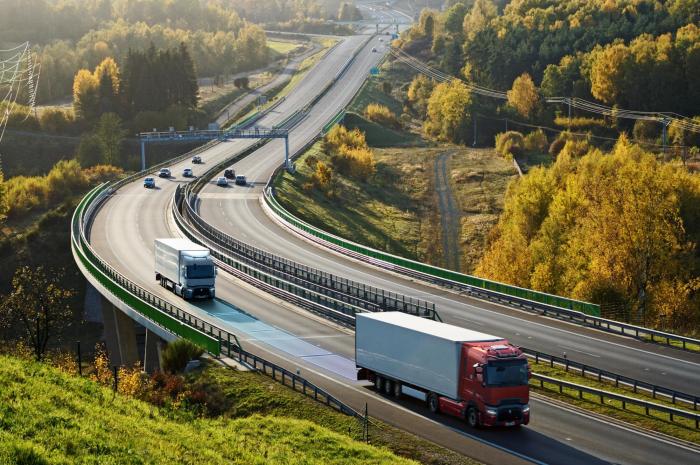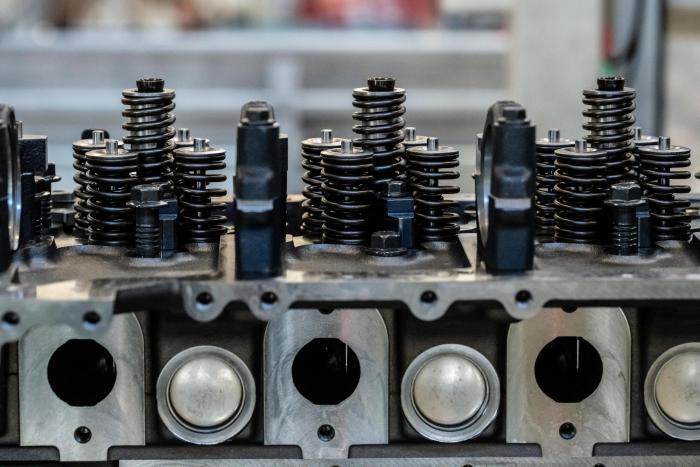What is economical driving?
Economical driving, also known as eco-driving, is a concept where drivers adopt conscious behavioural changes behind the wheel to reduce unnecessary fuel consumption. In addition to saving on operational costs and making each trip more fuel efficient, economical driving also promotes safety on the road and environmentally-conscious transportation. Since fuel consumption and carbon emissions are directly linked, when we increase the fuel efficiency of driving we also reduce the amount of harmful pollutants released into the atmosphere.
In many of today’s vehicles, their systems and technologies have been designed for maximum fuel efficiency and sustainability. However, these efforts are significantly less effective when paired with irresponsible driving habits. Adopting standard driving techniques reinforces these sustainability efforts while also reducing the risk of motor accidents and performance variability among drivers. So, when it comes to your business, implementing economical driving practices amongst your team is key to developing the proficiency and professionalism of your fleet. With just a few simple changes and the right reflexes, you can maximise the potential of modern engines and ultimately boast safer, more conscientious drivers.
How to practice economical driving?

Drive at a steady speed
Some of the greatest wastes in fuel consumption happen when driving at excessive and fluctuating speeds. It takes a lot of fuel to suddenly and rapidly accelerate a vehicle - and the faster you drive, the more fuel you’re using. Not only is this a problem on motorways where speeds tend to be greater, but it’s especially common in urban areas that require frequent stops for traffic lights, congestion and back-to-back deliveries. Each time you stop and restart, or even slow down and speed back up, excess fuel is needed to reaccelerate the vehicle. To combat this, economical driving encourages us to maintain a consistent speed for maximum fuel efficiency. Every vehicle has an optimal speed range where fuel efficiency is at its best, so it’s important to learn the ideal range for your fleet and adapt your driving accordingly.
To avoid driving too fast, you can simply take it easy on the throttle, or you can use assistive features like cruise control to help you set and maintain a consistent speed. Sometimes there’s nothing you can do to avoid frequent stops or fluctuating speeds along the road, but there are ways to mitigate their impact on your fuel consumption.
- When accelerating and decelerating, do so gradually. This requires a bit of planning and anticipation, but conserves much more fuel than abrupt changes in speed and last-minute braking.
- Switch to a higher gear early when speeding up. Using the appropriate gears for each speed helps the motor run more efficiently.
- When going downhill, keep your truck in gear but remove your foot from the accelerator to avoid using fuel unnecessarily.
- If you’re making regular stops due to standstill traffic, collections or deliveries, it’s better to turn your truck off completely than let it sit idly for long stretches of time. This is most efficient when your vehicle may be stopped for a few minutes or more.

Plan your routes and anticipate your next move when driving
A major focus of economical driving lies in anticipating moves on the road. In order to maintain a smooth and steady speed, you must anticipate situations that could provoke unexpected braking and accelerating. This starts with knowing your route prior to departure. Familiarity with the varying speed limits, sharp turns and high traffic areas will help you prepare your next steps ahead of time, so you can navigate without surprises and ease into any fluctuating speeds with planned, gradual changes.
In some situations, the most commonly used route isn’t necessarily the most efficient. Planning ahead could help you find and map out an alternate itinerary with minimal traffic and detours to better suit economical driving behaviours. This not only increases your fuel efficiency, but could also save you valuable time.
When on the road, the importance of anticipating situations applies to interactions with other drivers as well. Economical driving encourages us to maintain a significant distance from other vehicles to provide for ample reaction times. If the vehicle ahead of you brakes unexpectedly, you should have plenty of time to gradually decelerate and adjust your speed accordingly - promoting safety and conserving fuel.

Drive with minimum resistance
To reduce unnecessary fuel consumption, speed isn’t the only factor to consider. Anything that increases wind resistance on your vehicle will ultimately increase the amount of fuel it needs to accelerate. This applies first to the aerodynamics of the vehicle. Any racks, signs or protruding attachments will push against the wind when driving and create resistance that makes it more difficult to advance. At high speeds, even small sources of resistance can make a big impact, like driving with the windows rolled down.
The payload of a vehicle also contributes to its wind resistance and fuel consumption by adding weight and pressure to the tyres. For the best fuel efficiency, you should avoid carrying any unnecessary weight, be sure to evenly distribute your cargo, and raise any unused axles when possible.
Truck maintenance is key
It’s no secret that taking care of your fleet can extend vehicle lifespans and save you money in repairs and replacements over time. Proper vehicle maintenance can also save you money on a daily basis, through increased fuel efficiency.
For any vehicle to operate at its maximum efficiency, it must be properly cared for. This includes fuel efficiency, as vehicles can perform the same tasks using less fuel when well-maintained.
A key practise of economical driving is ensuring that your truck receives the regular maintenance it needs to function as intended. To reduce fuel consumption, your engine must be appropriately oiled and serviced, with regular engine tune-ups adapted to its use and performed according to the manufacturer’s specifications. Poorly inflated tyres can also lead to rolling resistance that increases fuel consumption, so tyre pressure should be maintained and checked often - especially before driving long distances.
Check out our selection of used trucks! Our experts are available to give you tailored advice.
